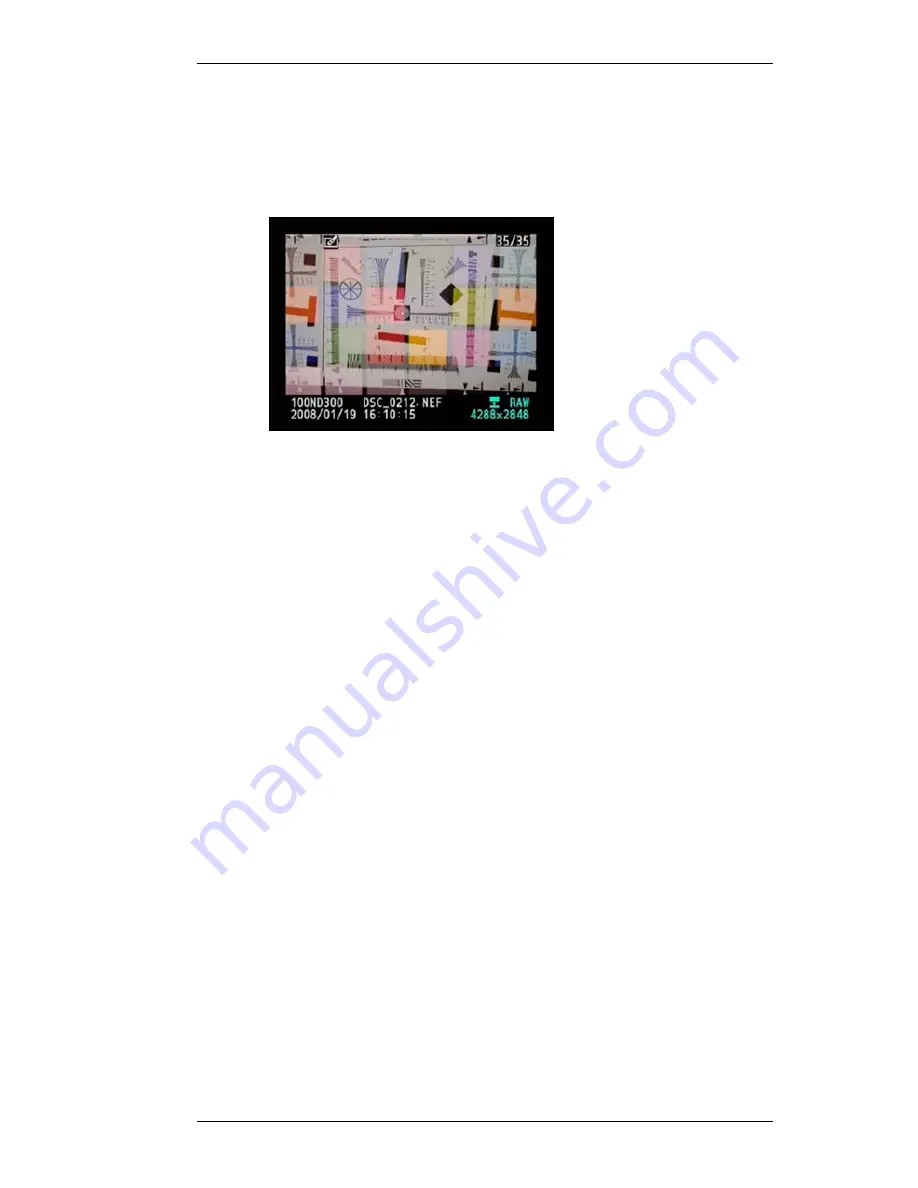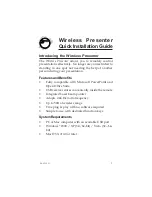
V1.02
Thom Hogan’s Complete Guide to the Nikon D300
Page 730
the images. When complete, it’ll be as if you shot an
image with the camera (e.g. if you have Image review
On
, you’ll see the image on the color LCD as if it had
just been taken by the camera; image data for the EXIF
fields is taken from the first image).
Note: If you try to combine a vertical and horizontal image, the
camera will ignore the difference in rotation when
combining the two images. However, as you can see from
the above example, the camera
will
pick up the rotation of
the first image and use that for the final image (that’s
because rotation is in the EXIF data!).
The question you’re probably asking yourself is this: is there a
reason to use the overlay function? Maybe. It seems to me that
the strongest use of this function would be for the classic
moon and landscape sandwich. This allows you to use a
wider lens for the landscape and a more telephoto lens for the
moon (to make it a bigger object in the sky). This would work
best if the sky were truly black so that you aren’t adding sky
exposure into the moon (and the moon’s sky exposure into
the landscape).
Another possibility is to shoot a person against a black
background and have them talk to themselves (e.g. one pose
on one side of the image and a second one on the other side).
Instant twins!
But the function is interesting enough to provoke play on my
part. Usually you’ll want detail in one picture where there is
only a plain area in the other (and vice versa), but that’s not
universally true, so experiment. One thing this function is
















































